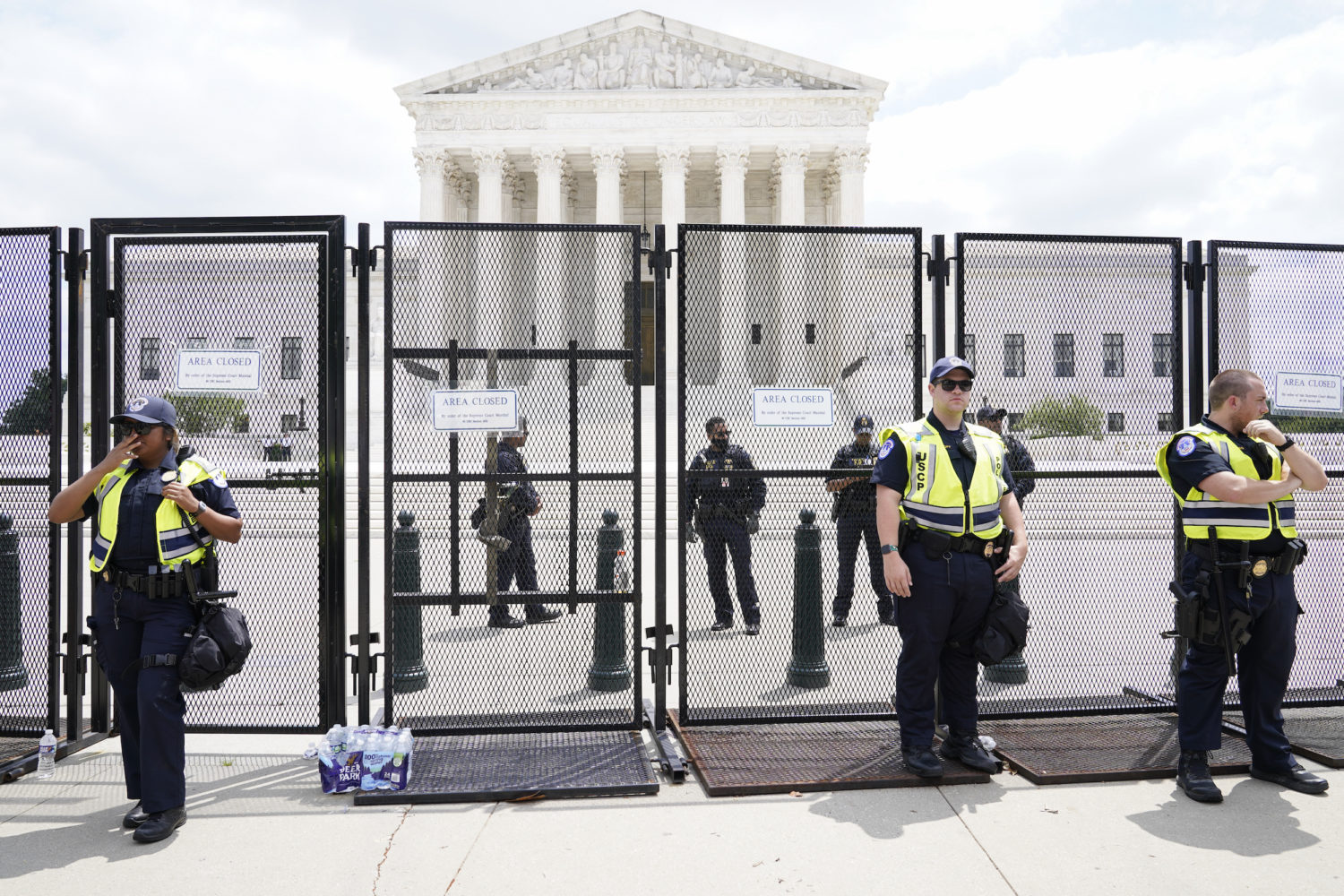
Covering a complex topic that spans laws, beliefs and lived experience requires nuance and context
This is a complex topic. Laws vary by state, and personal beliefs (including religion) are often part of the conversation. Newsrooms continue to struggle with how much information staffers can reveal about their lived experience, and some journalists have firsthand knowledge that could inform how they approach coverage.
As with any developing story, our job as journalists is to provide accurate information. It is also our job to uphold the humanity of our sources — regardless of their views. Here are some key areas to consider to ensure that diverse perspectives are represented.
Protect your sources.
If you’re interviewing someone who had an abortion, be sure they are aware of the potential for backlash from the public once the story is out. Help your source figure out how to avoid being doxxed, and talk with your editor about how much identifying detail is necessary.
You might be speaking with sources who are underage. They in particular need to be informed of the consequences of having their name in the public.
You might also interview sources who are survivors. Discuss with your editor whether the details of the situation — and possible legal outcome — should be included in your piece.
Are people of all genders and ages being interviewed?
This includes people seeking access to an abortion (and those who oppose the procedure) as well as those affected by a pregnancy, including a partner, potential grandparent or other caregiver.
When talking with health care providers, seek out experts from a range of neighborhoods. Interview those in private practice as well as health workers in clinics.
What about race and socioeconomic factors?
Access to health care is not equal. People of color are disproportionately affected by lack of access to sex education and birth control. Some cannot afford to travel to states where abortion is legal.
When reporting on race and/or income levels, it is crucial to provide additional context about what support systems exist (or are nonexistent) for people in those categories.
Be mindful of language.
Emotions are high. Some people equate what’s happening in the U.S. with religious fundamentalism. For journalists to further such language can reinforce unconscious bias in our audience, which is irresponsible.
One last thing that is important to note: pregnant people is more inclusive language than pregnant women. It is wording used by the Centers for Disease Control and Prevention, among other health organizations. NPR’s public editor, Kelly McBride (who is also senior vice president at Poynter), wrote about that organization’s use of the term earlier this year.
If reporting on an individual, ask the source what gender identity to use. The gender might not be relevant to your story. If it is, respect how your source self-identifies.
This story was originally published online here: https://www.poynter.org/reporting-editing/2022/how-to-ensure-diverse-viewpoints-in-abortion-coverage/


